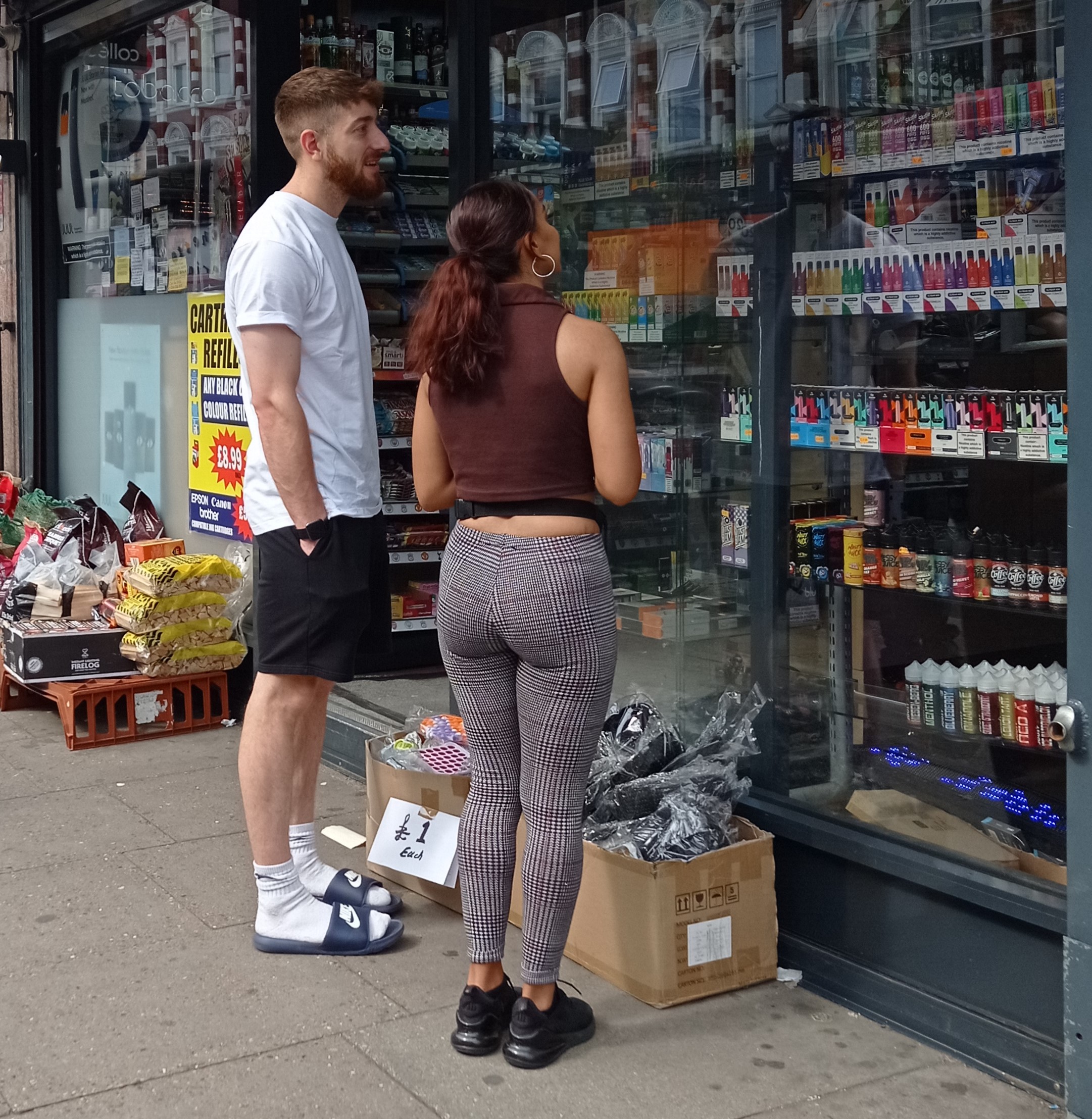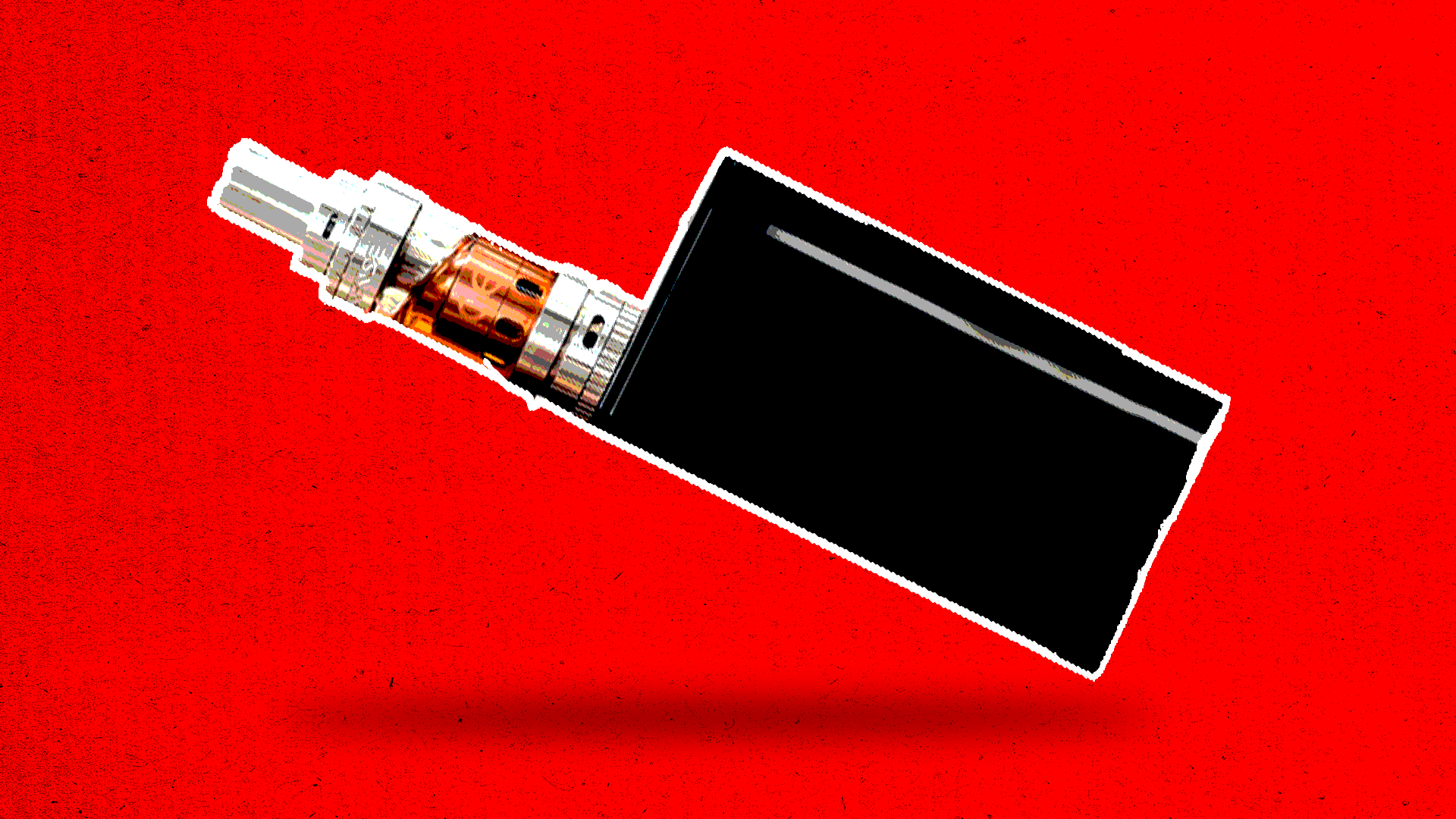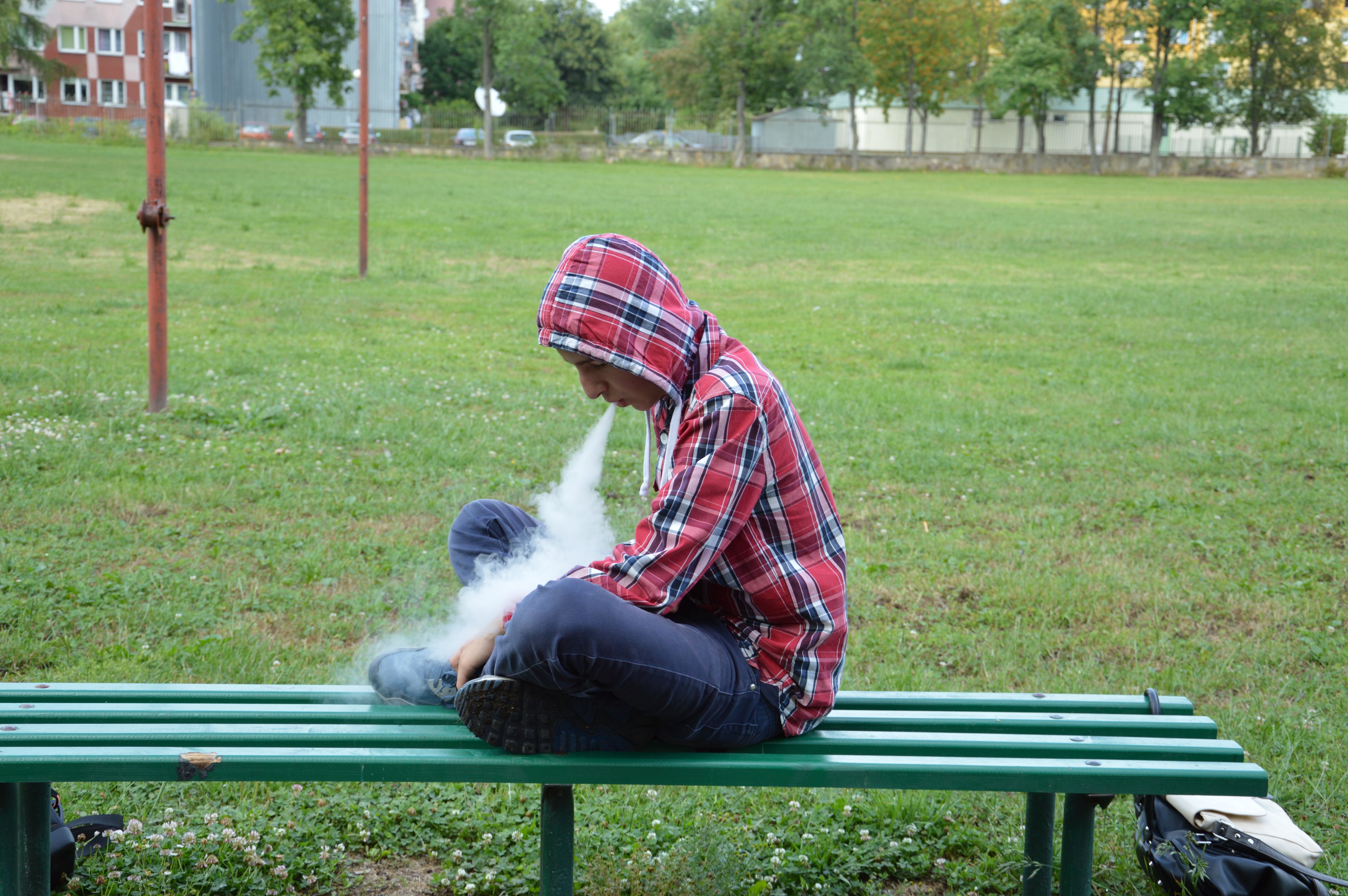As Australia's new vape laws take effect, it's a good time to set the record straight on six widely misunderstood facts about the controversial devices.
 In Australia, new vape law changes on October 1 have put e-cigarettes back in the headlines again. : Pexels:T ubagus Alief Leo Free to use
In Australia, new vape law changes on October 1 have put e-cigarettes back in the headlines again. : Pexels:T ubagus Alief Leo Free to use
As Australia’s new vape laws take effect, it’s a good time to set the record straight on six widely misunderstood facts about the controversial devices.
Concerns about young Australians vaping have led to tighter regulation over access to the devices, with a slew of legal changes coming into force throughout 2024.
The newest rules, to take effect on October 1, seek to balance protection of young people with vape use as a tool to give up smoking. Under these changes, pharmacists will be allowed to supply low strength vapes to adults without a prescription. Under-18s will still need a prescription to buy vapes from a pharmacy, as will adults needing a higher dose.
Despite vapes’ prevalence, many Australians don’t fully understand why they’re controversial, where adolescents are getting them, or even if they’re safe. Here’s what to know about these controversial products and if the new laws are likely to work.
How have young people accessed vapes?
While vaping emerged in Australia around 2007, vapes have become increasingly popular since 2016.
Vapes with nicotine have never been legal to buy in Australia without a prescription. Only pharmacists and medical practitioners have been able to legally supply nicotine vapes.
It was, however, legal to buy and sell vapes that didn’t contain nicotine in most of Australia until July 1, 2024. Before that retailers (such as vape shops and convenience stores) could sell nicotine-free vapes under similar conditions that apply to selling tobacco products, such as no sales to minors.
However, many retailers supplied — and some continue to supply — nicotine-containing vapes illegally. Some even have been found selling them to minors.
Illegal supply has also occurred via websites, social media, and messaging apps. Social contacts such as friends or family have also been a source of vape supply for young people.
Are vapes safe?
When vapes contain nicotine, youthful experimentation may lead to addiction and related behavioural problems. Research also suggests vaping may impact young people’s physical fitness and lung health. Poor quality vapes may expose people who use them to heavy metals and other contaminants.
It is important to know that no vapes currently available in Australia have been through the approval process that medicines usually go through before they can be supplied for therapeutic use.
Instead, the Therapeutic Goods Administration (the government’s medicine and therapeutic regulatory agency) has set a “product quality standard” that vapes must meet before they can be supplied by a pharmacist, without undergoing an assessment that they are safe and effective.
For short-term use, such as while quitting smoking, pharmacy-supplied vapes are likely to be safe to use since clinical trials of similar products have not found serious adverse effects.
However, there are still unknown risks with very long-term use, although these are likely to be much less than smoking, which kills two out of every three people who smoke long-term.
While there are clear benefits for using vapes if they help you quit smoking (when other standard methods have not worked), young people who do not smoke receive no benefit and only potential risk from vaping.
What’s been done to prevent young people using vapes?
In Australia, the federal government has introduced a slew of laws to restrict vape import and supply.
On January 1, 2024, it banned the import of disposable vapes — both with and without nicotine. On July 1, all vapes, regardless of nicotine content became regulated as therapeutic goods, meaning they became available only at pharmacies to help people quit smoking or manage nicotine dependence. That meant tobacconists, convenience stores and other retailers cannot legally sell any type of vape or vape product.
Until September 30, everyone needs a prescription to purchase nicotine vapes from a pharmacy. While new laws remove that prescription requirement for over-18s from October 1 for low dose nicotine vapes (up to 2 percent nicotine), minors will still need a prescription as do adults needing a higher dose product.
There may also be state differences to consider. For example, the Tasmanian parliament is considering a bill that will retain the current requirement of a prescription for adults for vapes of all nicotine strengths and a complete ban on supply to minors.
State governments have also taken steps to tackle young people’s vape use.
In addition to educational campaigns, state health departments have raided retailers which have sold nicotine-containing vapes, confiscating products and launching prosecutions. However, the extent of the problem and inadequate penalties have limited the effectiveness of this action.
State and federal regulatory agencies have also encountered many challenges — including difficulty proving retailers were knowingly selling nicotine-containing vapes (since most did not state a nicotine content on the label or were mislabelled as containing no nicotine).
That’s a key reason the federal government enacted the pharmacy-only laws.
Will all pharmacies now stock vapes?
No. From October 1, pharmacists will have the option to supply vaping products that contain no more than 2 percent nicotine without a prescription to adults following a consultation to check supply is appropriate for their health needs.
Some pharmacies may still prefer to continue to only dispense prescribed vapes. Some may also decide not to stock vapes at all.
Why not just ban all vape sales?
Vapes were developed and commercialised by a Chinese pharmacist, Hon Lik, who wanted to develop a less harmful product for himself to use as a replacement for smoking after an unsuccessful quit attempt using nicotine patches. Hence, they were initially intended to help people who smoke to improve their health.
While the evidence on the effectiveness of vapes for quitting smoking is mixed, overall, the weight of evidence suggests they can help some people to stop smoking, particularly when combined with other support, such as counselling.
Because of the very serious health risk from tobacco smoking, access to vaping products could save the lives of those people who have not been able to quit smoking by other methods.
So, there are good reasons to maintain access to vapes for adults to use as a quit smoking method.
Does Australia’s approach protect young people?
It’s hard to say with certainty, but it seems to be moving in the right direction.
Prior to this year’s reforms, nicotine vapes were cheap and widely available, albeit illegally. Anecdotal reports suggest that while illegal supply has not been completely eliminated, the price has increased, which does make vapes less accessible to young people.
It will be important that any young people who have been using vapes are supported to stop. While the evidence base on how to stop vaping is still developing, options such as counselling and approved nicotine replacement therapies, such as nicotine patches, are likely to assist.
It is also important that measures are taken to ensure that young people don’t transfer to smoking as a substitute for vaping.
While the reforms that were rolled out this year require people to consult a health care professional prior to accessing vapes, there is no such requirement for cigarettes, which remain widely sold in many retail outlets. Tighter restrictions on tobacco availability are also needed.
Time will tell if Australia’s approach to regulation is successful in protecting young people while also supporting adults to access vapes for help to give up smoking.
Professor Coral Gartner is the Director of the NHMRC Centre of Research Excellence on Achieving the Tobacco Endgame (Tobacco Endgame CRE), an Australian Research Council Future Fellow, and the Chair of the Interdisciplinary Tobacco Endgame Research Network, the country lead Investigator for Australia with the International Tobacco Control Policy Evaluation Project (ITC Project). She is also the Regional Editor for Australasia for the BMJ journal, Tobacco Control and the immediate past president of the Society for Research on Nicotine and Tobacco Oceania Chapter.
Originally published under Creative Commons by 360info™.











